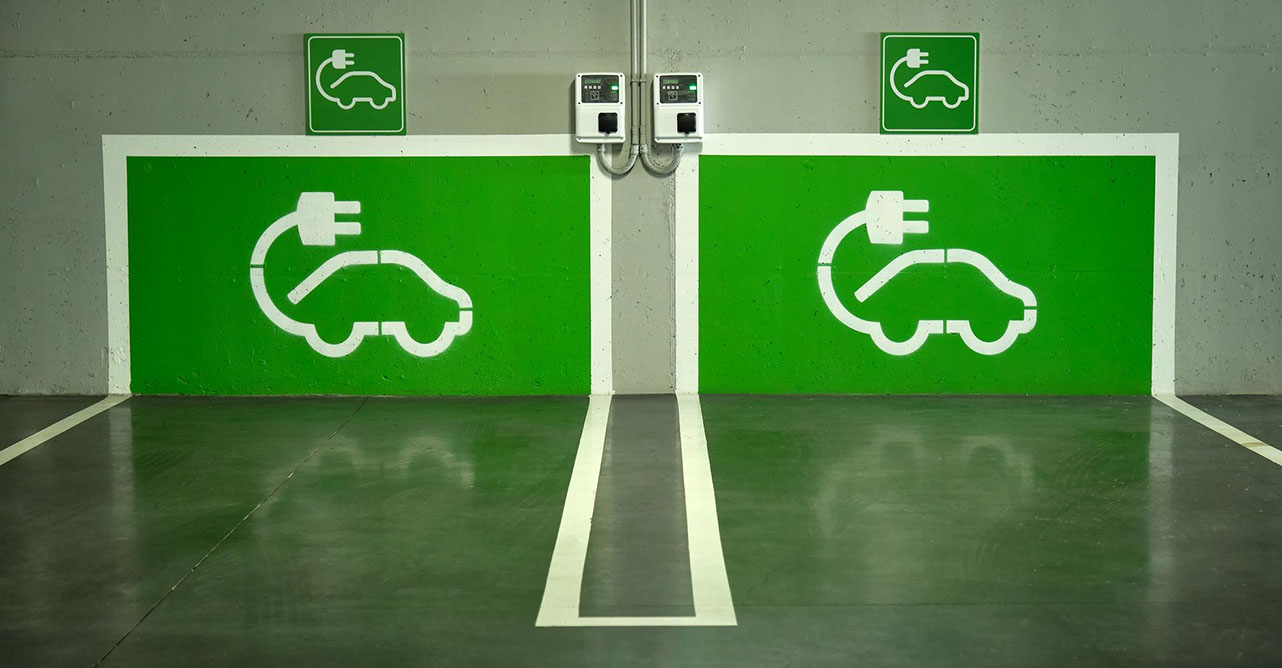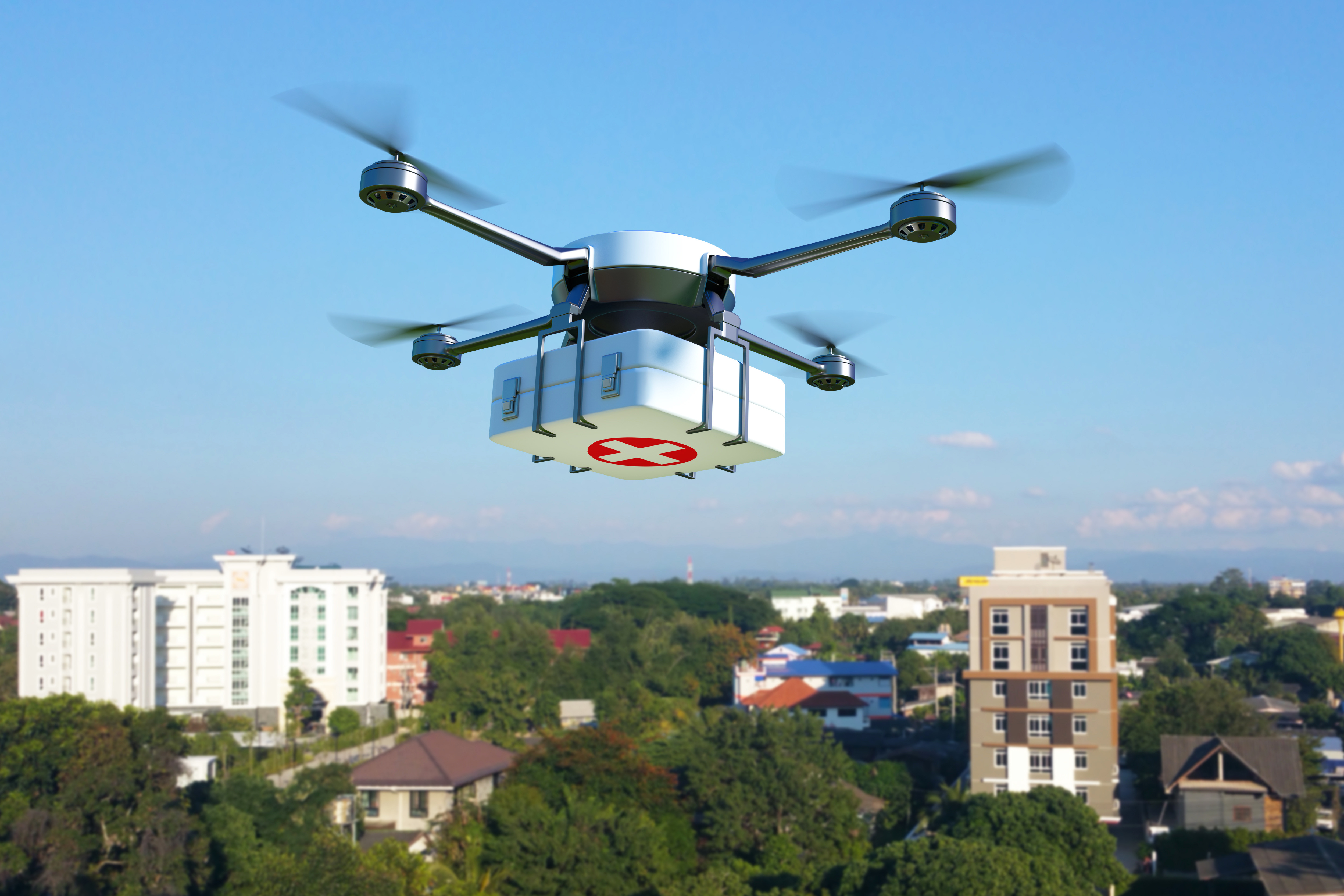Featured Articles
2022-03-18
Unsolved problems for both public charging and home charging
 It's difficult to install home chargers due to regulations, community conventions, and load safety considerations.
It's difficult to install home chargers due to regulations, community conventions, and load safety considerations.The problems of charging stations is not only at the chaos of standardization issue. Take China, which is most active in setting up public charging stations, as an example. In the eight years before the end of 2020, about 800,000 public charging stations have been set up. Because of the long charging time, about 30% of the charging points are always in use; however, nearly 30% are under maintenance or temporary failure not to be used. So out of 800,000 public charging points, only about 300,000 are available. As a result, during the national holiday in 2021, a large number of lithium electric vehicles entered the expressway, and the daily charging volume reached a record high, nearly 4 times that of normal. According to media reports, many car owners have to wait more than four hours for their turn to recharge.
Now that public charging stations are so inconvenient, you can turn to home charging instead. Unfortunately, home chargers are more problematic to set up. In the metropolitan area, a large proportion of residents live in apartments or buildings, and there may not have parking spaces; even if there are available, it is difficult to install chargers due to regulations, community conventions, and load safety considerations. Furthermore, it may not be practical to install electricity meters and pipelines, and the cost is extremely expensive, requiring thousands of dollars, excluding the cost of installing charger. If the residence or parking space is rented, it is even more impossible to install charger by yourself. Therefore, residential self-installed charger cannot be widely applied to various car owners, and they are bound to rely on public charging stations.
From the above analysis, it can be seen that lithium electric vehicle owners who travel long distances are recommended to study the location of the charging stations along the way before departure for confidence. The number of exclusive charging stations for car manufacturers is extremely attractive to potential car owners. For automakers that are active in the lithium electric vehicle market, they quite prefer to set up charging stations for the target market, which is the sharp weapon to balance the differences with Tesla, the biggest rival. The automotive industry is not only competitive but also cooperative which can fully reflect in IONITY, a charging infrastructure company jointly invested by groups such as BMW, Ford, Hyundai, Mercedes and Volkswagen and the US investment management company BlackRock. The company invested 700 million euros to equip a 350kW-class fast charging system which is capable of full charged within 17 minutes for full-charge to accelerate the expansion of the charging network.
Using fast charging to reduce the charging time certainly is at the users’convenience, but it has its limits. The time of more than ten minutes is still much more than the average of less than 3 minutes for refueling. In addition, there are research reports on the negative impact of fast charging on battery life. The Canadian fleet management company Geotab released a report after investigating the condition of 6,300 lithium electric vehicles at the end of 2019, pointing out tha DC fast charging will accelerate the loss and aging of electric vehicle power batteries; and as the frequency of DC fast charging increases, the attenuation of the battery becomes more significant. If you use a 240V or 120V household charging pile, the loss of the battery is almost negligible, but it takes a longer time of 6 to 10 hours to charge.
References
- Fo rbes, 2020-09-06,Plan To Buy An Electric Car? So, How Much Does It Cost To Charge A Tesla Model 3 Vs A Gas Car?
- 2020-12-27 ,California gas blending trial could shift a roadblock for hydrogen cars
- ING , 2021-10-28, High gas prices triple the cost of hydrogen production
- Cadent , News Release, 2020-02, UK's first grid-injected hydrogen pilot gets underway
- B BC News, 2021-12-06, Climate change: Is 'blue hydrogen' Japan's answer to coal?
- Nihon Keizai Shimbun 2021-08-11Iwatani Sangyo, Suzuo Manufacture, Transportation, and Distribution
- Ming Pao, 2021-08-23 , UBS Gastreich: China's hydrogen energy is expected to account for 20% in 2060
- Iwatani Industries, 2 021-06-30, News Release,バイオマスを raw materials and した electricity business および Start of discussion on the liquefied hydrogen production business of Garian
- Lianhe Daily, 2021-12-01 , the world's largest photovoltaic green hydrogen Xinjiang Kuqa starts construction
- Hydrogen Fuel News, 2021-05-26 New Nevada hydrogen fuel plant to begin operations in early 2022
- Today's Toutiao, 2021-10-18, The Enlightenment of Japan's Hydrogen Refueling Station Construction and Operation Mode to China https://twgreatdaily.com/495690755_100070607-sh.html



